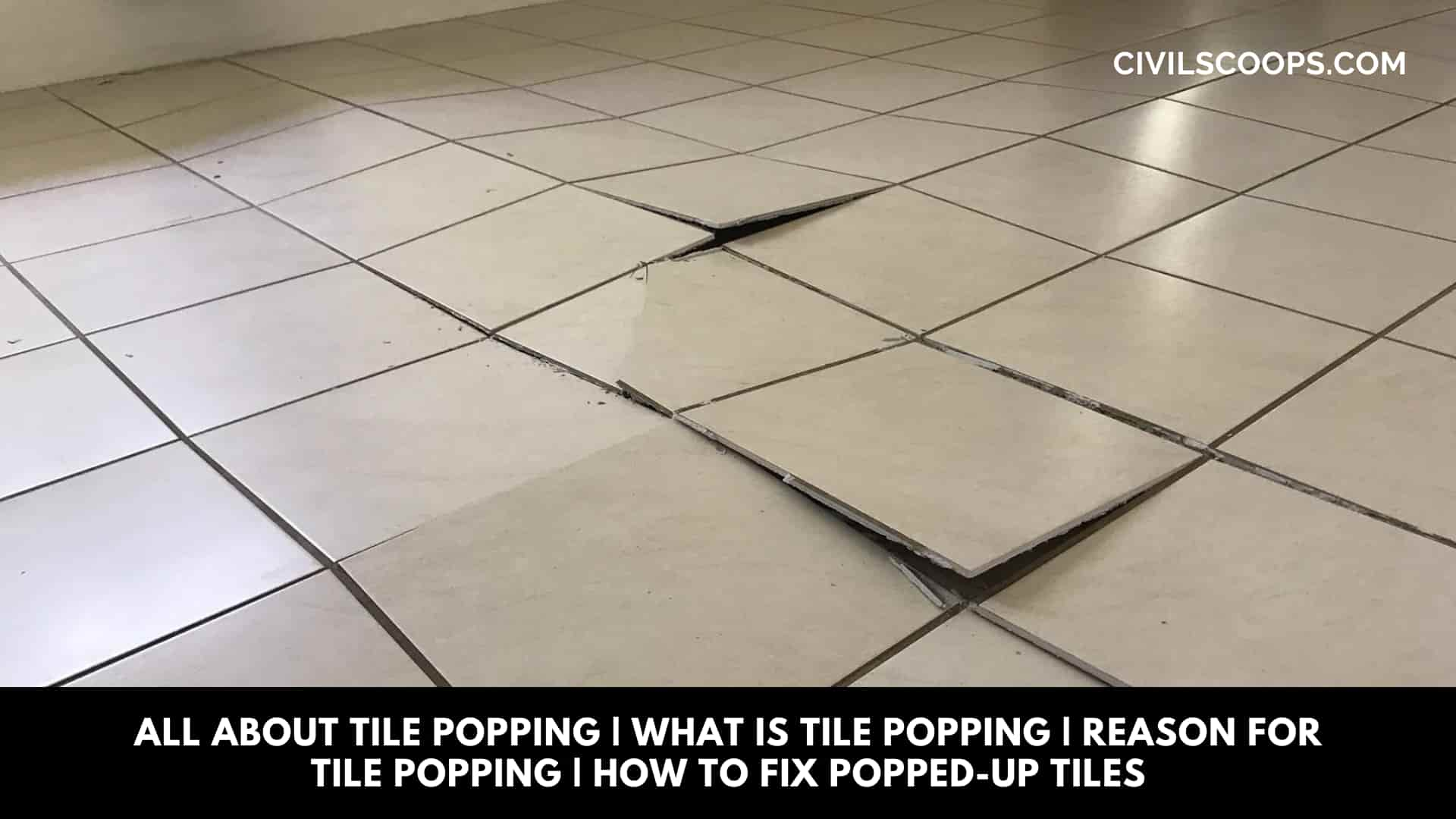All About Tile Popping | What Is Tile Popping | Reason for Tile Popping | How to Fix Popped-Up Tiles
Table of Contents
What Is Tile Popping?
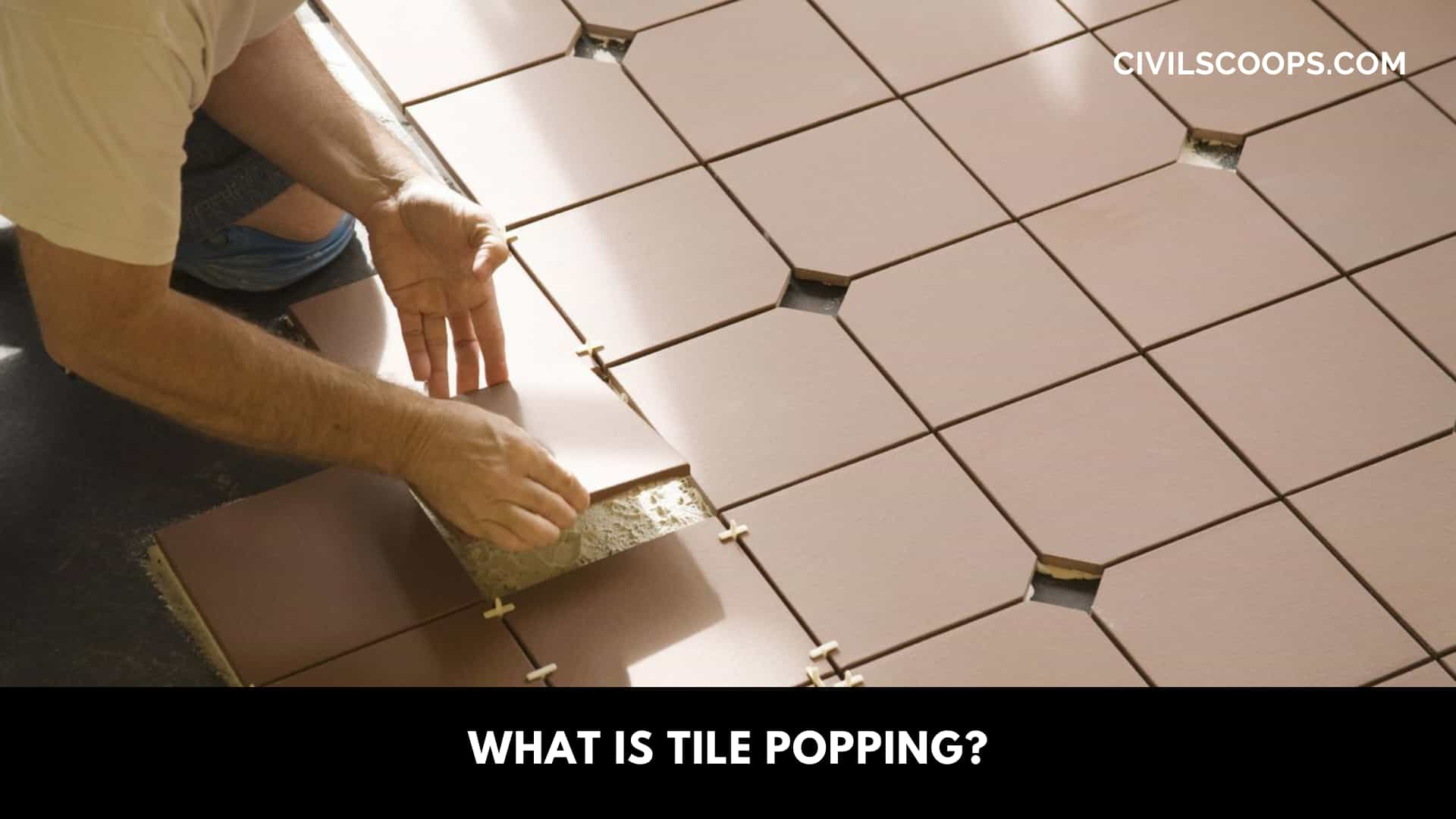
Tile popping is a phenomenon in which the floor tiles pop out, crack, or flex, causing unevenness in the floor. Rather than concrete or marble, floor tiles are now common in most homes.
The marble floor doesn’t need any form of polishing or finishing to look beautiful. The tiles are beautiful from the start. Many people find tile popping quite annoying.
Many factors contribute to tile bursting, but air trapped in the floor is one of the most common causes. This air might cause the tiles to burst out under certain weather conditions. Pressure from the side tile and the air trapped pushes out even further.
Many people pick smaller tiles since they are more susceptible to popping or shattering than larger ones. Large-scale tiles are thus chosen as a solution to the problem.
Also Read: Top 10 Tiles Companies in India 2021
Reason for Tile Popping
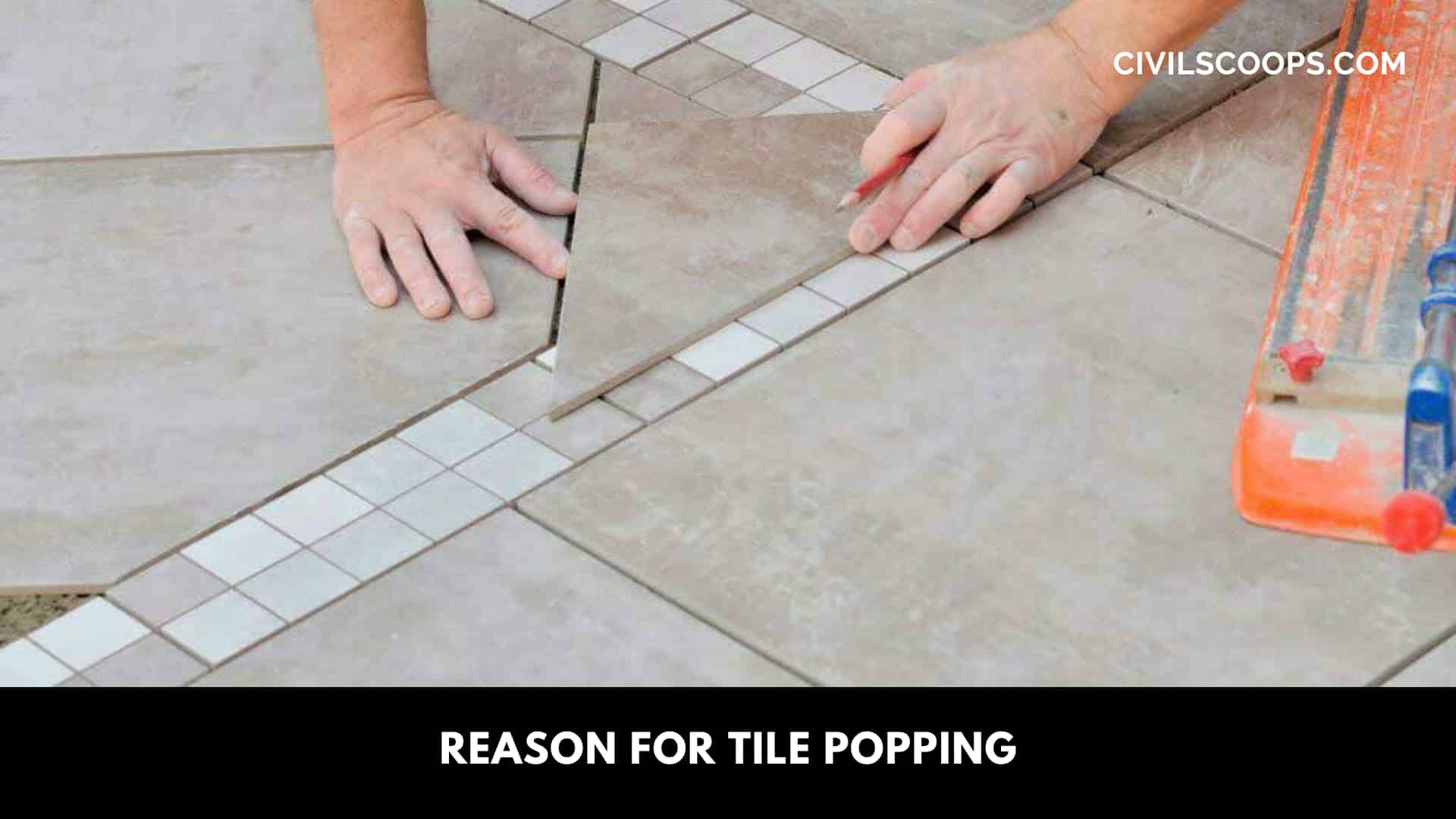
Several factors could be at play, including weather conditions and shoddy craftsmanship.
1. Weather
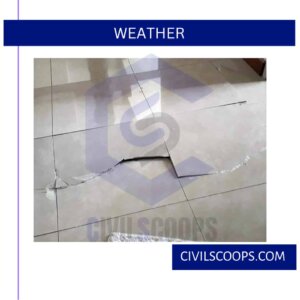
The weather can change at any time. A lack of adhesion between the tiles and the screed may occur over time if the temperature swings drastically from hot to cold. Additionally, it could lead to greater stress being built up, leading to the tiles falling out.
Despite Singapore’s mild climate, there have been instances where tiles have broken due to temperature variations. There were 580 documented occurrences of loosened tiles in December 2019, when cold weather and temperature swings were present. This was much more than the year’s average monthly case count of 247.
The presence of moisture under the tiles could also be a contributing factor. Tiles can expand and swell due to significant moisture absorption, resulting in pressure that causes them to pop up.
2. Shoddy Craftsmanship
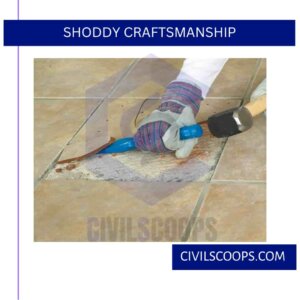
In addition to the weather, poor workmanship is a possible cause of broken tiles. An air pocket is generated when sand and cement aren’t combined uniformly to make the cement basis.
They’re more likely to shatter and pop if the base isn’t adequately attached to them. The consistency of the cement screed can also influence the tile’s ability to stick to the subfloor.
Because of this, it’s best to avoid placing tiles too close together, as this can lead to them popping up and being dislodged. The tiles may eventually flex and crack if the spaces are too small to accommodate expansion and contraction.
A 2-millimeter separation is recommended as a minimum. In addition, cheap tiles are more likely to break than high-quality ones.
3. Rough Use and Neglect
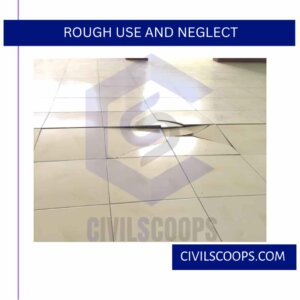
Like any other household item, tiles will eventually need to be replaced. Over time, the cement base’s bond with the tiles may degrade. Tile cracking can be caused by shrinkage of the concrete and cement subsurfaces.
How To Repair Pop-Up Tiles?
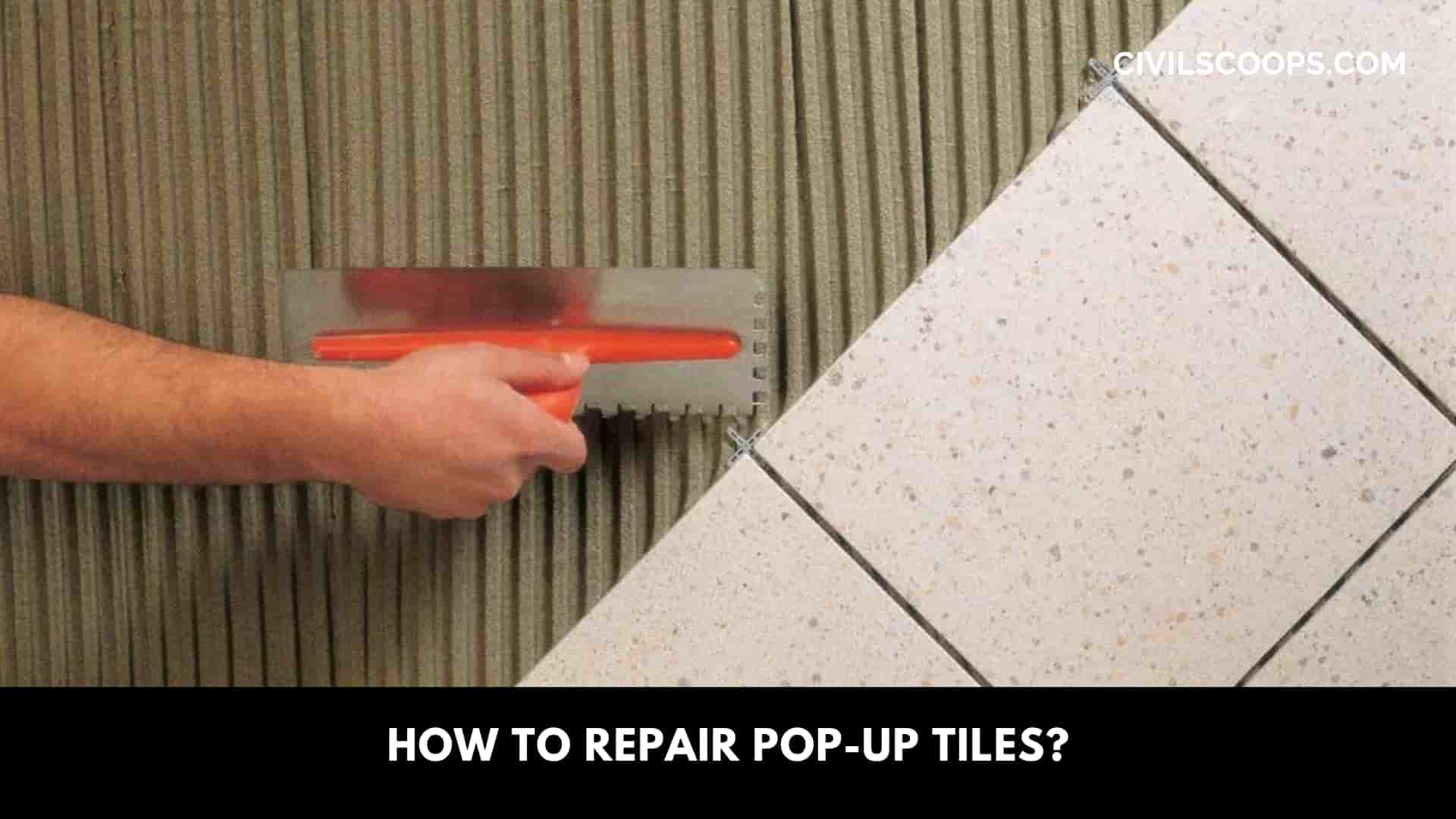
When you get the keys to your brand-new apartment, you should first look through all of the included furniture, appliances, and other components. If you find any problems, such as cracked or uneven floor tiles, make sure to report them to the developer as soon as possible.
Before beginning the tiling process, contractors should complete any and all necessary preliminary work. This entails determining whether or not the subfloor is level, as well as whether or not the floor is clean.
Current homeowners can check for hollow tiles by tapping on them with a light instrument to listen for hollow tile spaces. If you want to prevent them from forming, you may try injecting some adhesive.
The tiles are held firmly in place by the grout between each tile. In the event that the grout in the seams of your tiles has become dislodged, it is possible to regrout your tiles.
Solution of this Already Occurred
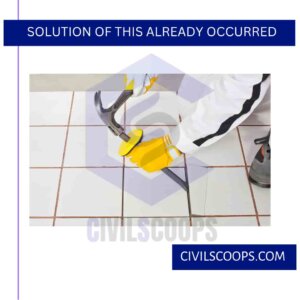
- Now that you have a better grasp of how and why tiles crack, it is time to examine the many methods that may be used to repair them. Most of the time, tile cracks may be repaired rather than completely replaced, saving money and time.
- It is possible to utilize an epoxy filler to fix the tile surface if the cracks are just very small and hairline in nature. In the case of larger cracks that are more obvious, you might be required to remove the tile entirely and then replace it.
- Tile crack repairs can be carried out by the homeowner as an easy, cost-effective, and time-saving alternative to retiling the entire area. Here, we will walk you through the steps necessary to complete these tile crack repairs.
Advantages of Tiles Flooring
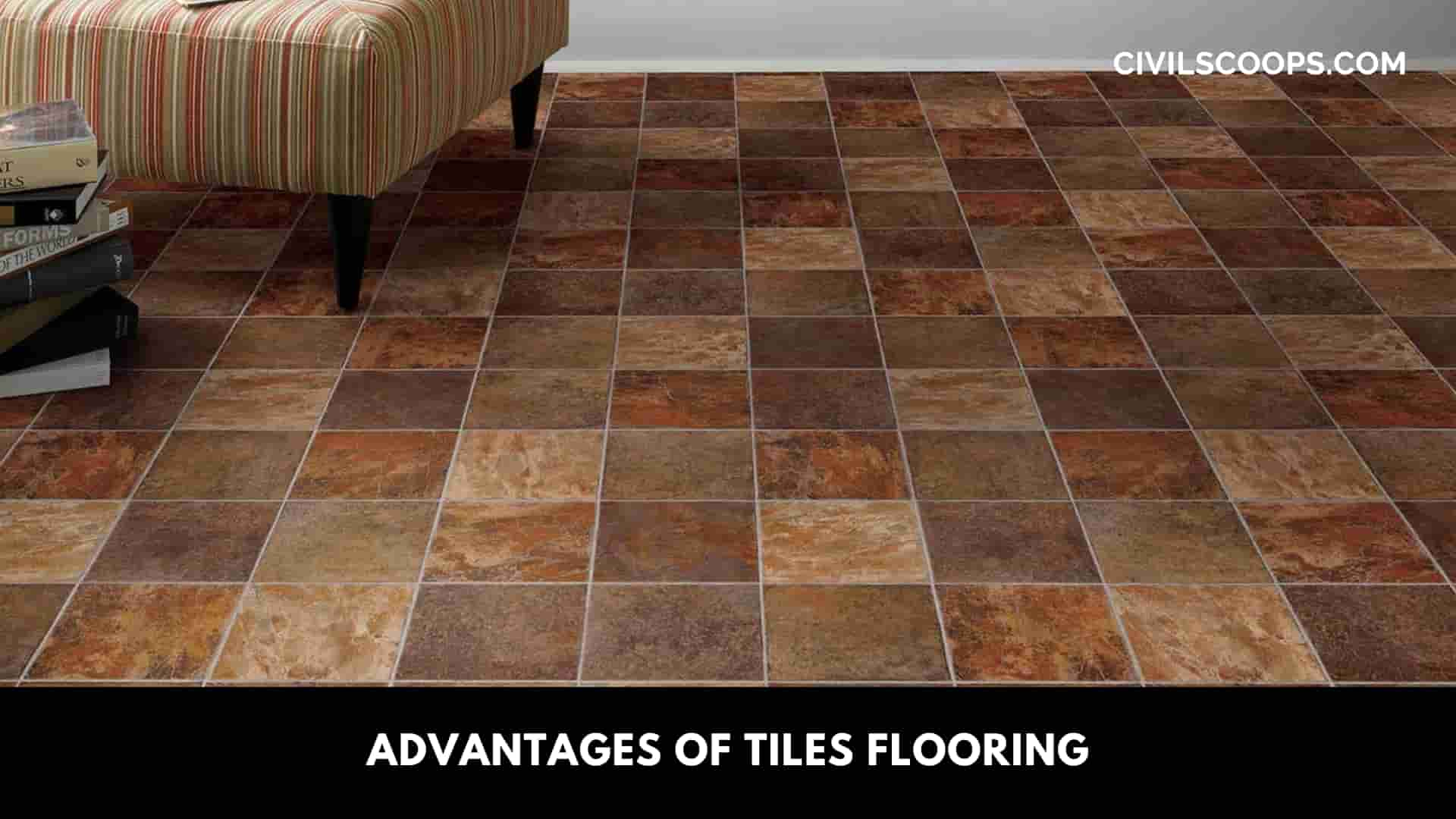
Tile flooring is among the most durable options available on the market.
- One of the forms of flooring that have seen a growth in demand is tile flooring, one of the types of flooring known for its durability and adaptability. It can be installed in various settings without worrying about restrictions such as water, stains, or allergen-causing odors. T
- Tile flooring provides a fantastic value for the money while also providing a variety of other benefits, contributing to its widespread popularity among homeowners.
- The use of tile is not only beneficial to the budget, but it also comes in a wide selection of colors, textures, and patterns. In addition, you can randomly combine tiles of varying colors and patterns to achieve a one-of-a-kind appearance.
- Compared to other flooring varieties, tile’s adaptability and durability make it a standout choice as a possible alternative for your floor covering.
- Tile flooring has several benefits, the most obvious of which are its durability and low maintenance requirements.
- The tile flooring is exceptionally hard and is not often damaged by cracks. If it is properly maintained and cared for, a great installation can survive for ten to twenty years or even longer. If any tile breaks due to a significant impact, the process of replacing it is not overly complicated. Tiles can handle the wear and tear that comes with high traffic areas while simultaneously providing the highest level of durability for an appealing appearance by extending the life of your tile flooring.
- It requires less maintenance. Tile flooring is much easier to maintain than other types of flooring since it is resistant to stains, odors, and grime. It is easy to clean with a damp mop or sponge, and standard cleaning products are found in most homes. Even in heavily traveled locations, it will maintain its beautiful appearance. It is available in a wide range of configurations.
- Tiles offer a diverse selection of choices, both in terms of color and style, and are available in various possibilities. It can be found in various forms, dimensions, and surface textures. Tile flooring, with its wide array of designs, may give your home many different looks thanks to its aesthetic potential. Pick the one that will last the longest in your house while giving the impression that it was just installed.
- Because tiles have a hard and solid surface, they do not have a tendency to gather dirt, pollen, dust, or other allergies, which makes them environmentally friendly. Stunning and adaptable tile collections can be found at Express Flooring. These tiles come in a virtually endless variety of colors, sizes, styles, shapes, and textures, all of which will enhance your home’s aesthetic appeal and unique personality.
- To summarize, tiles made of ceramic and porcelain materials are the most durable flooring options now available on the market. In contrast to flooring options such as carpet, laminate, or vinyl, which will need to be changed after a certain amount of time, tile, if done correctly, will last a lifetime. The potential worth of your home will increase if you install a tile floor in at least one room.
Disadvantages of Tiles Flooring
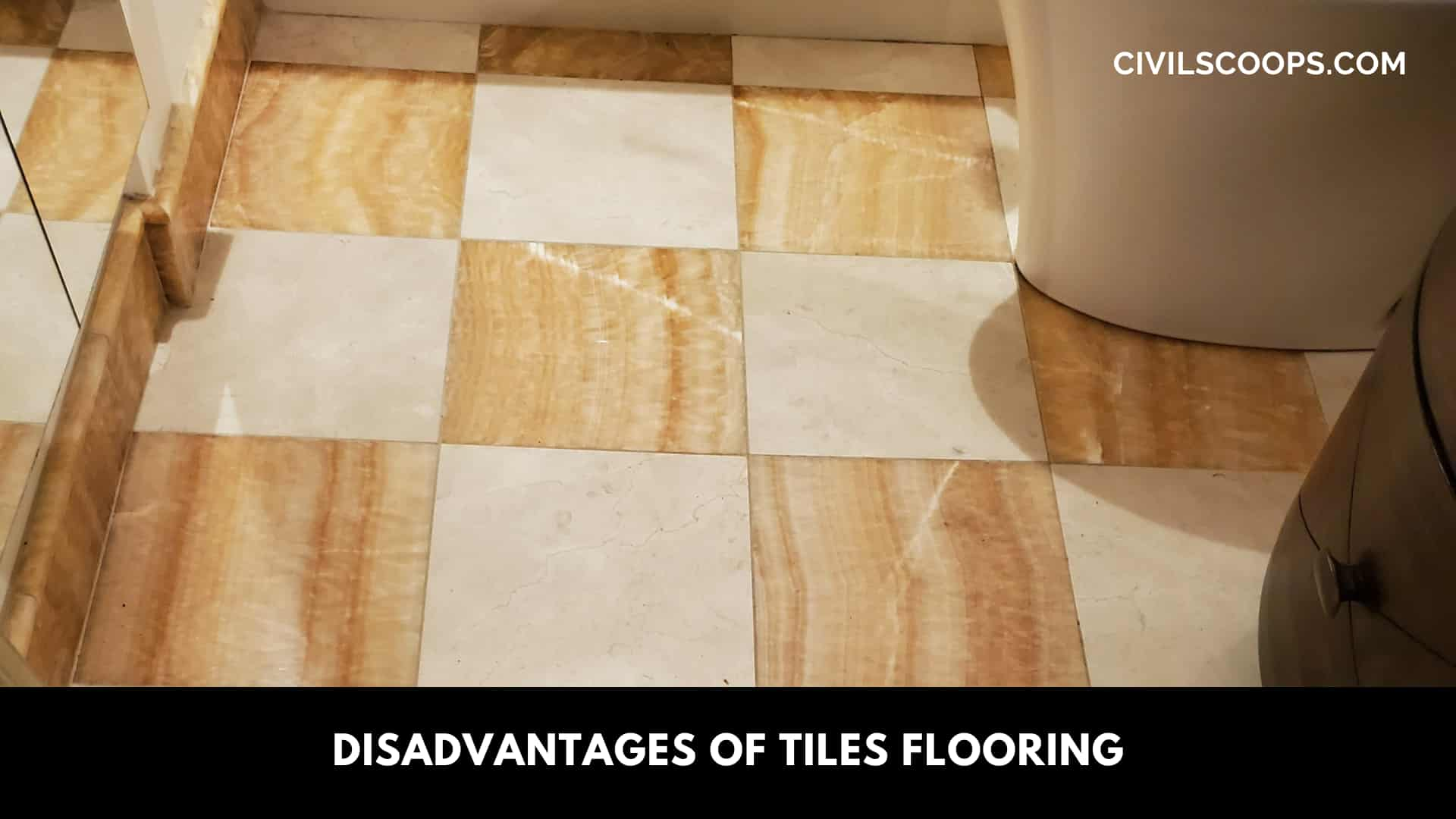
Here, the disadvantages of tiles flooring are as follows.
- Hard surface: These are as hard as they are brittle. The former tendency makes them harmful for your feet, legs, and knees. Experts are of the opinion that surfaces like ceramic tile and marble, can be harmful for joints. However, the risk is much higher in case of marble flooring. Changes in weather conditions could also impact your health, as the tiles would also become hot or cold, depending on the season.
- Not ideal for high-traffic areas: Owing to its brittle nature, tiles are not an ideal choice for high-traffic areas.
- Aesthetic appeal: Although stylish, tiles are not as elegant as marble, wooden or carpet flooring. They would also not seem as grand in the outdoor areas as stone flooring would.
- Weather effects: Even though the tendency is not as pronounced in tile flooring, as it is in marble and stone floorings, tiles also have a tendency of getting warm during the summers and cold during the winter.
- Grout lines: Grout lines are an inherent part of the installation process and are not as easy to maintain as the tile flooring itself. They would sustain stains and are prone to mildew build-up over time.
- Slip-prone: Unless you have invested in the right quality, tiles could be slippery surfaces, especially when it comes in contact with water. Even the best tiles are not entirely slip-proof if it is wet.
How to Prevent Tiles from Popping UP?
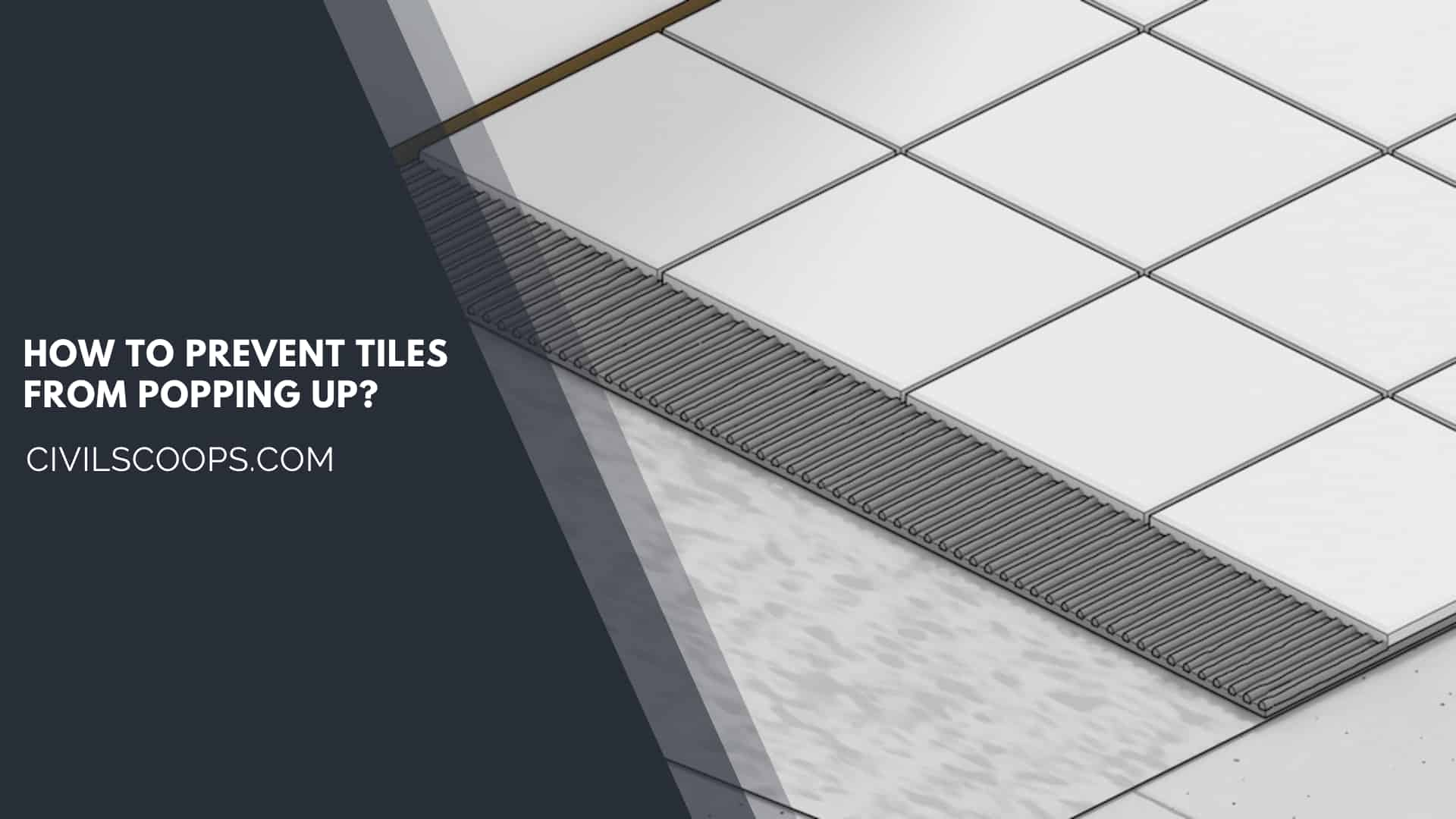
After you have received the keys to your new device, you should immediately begin inspecting all of the accessories and components that came with it. If you discover any flaws, such as cracked or uneven floor tiles, make sure to report them to the developer so they can be corrected.
Ensure that the contractors have completed all the essential preparation before installing the tiles while the space is being renovated. This involves ensuring that the subfloor is level and the floor surface has been cleaned before proceeding with the installation.
The best way for existing homeowners to determine whether or not their tiles are hollow is to tap on them with a lightweight instrument. You can try jetting in glue to see if it helps keep them from coming up.
The grout between the tiles has a role in maintaining their position. You may need to regrout your tiles if you discover that the grout that was used in the joints of the tiles has become loose.
How to Fix Popped-Up Tiles?
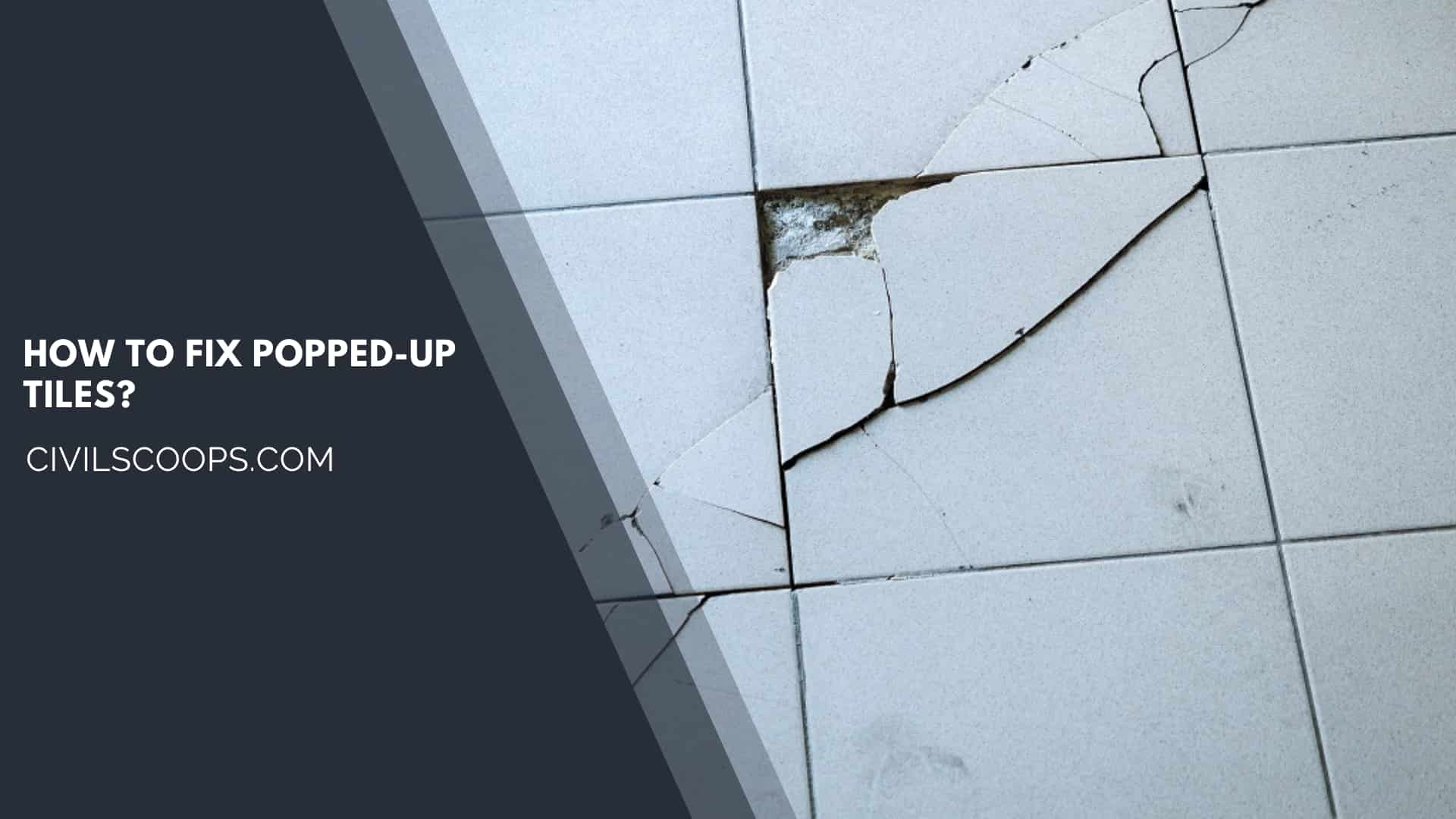
The first thing that has to be done is to figure out which side of the tile has been visible. The good news is that it doesn’t matter whether you’re left-handed or right-handed because both sides will be flipped and accessible in this process. This means that it doesn’t matter which hand you use more naturally.
If one of the corners of your ceramic tiles is lifting, you can fix this problem by positioning a large level over the spot on the floor where the tiles have separated from the subflooring underneath them.
Maintain a steady downward pressure until you feel resistance, at which point you should gradually ease off the pressure while keeping an eye out for any movement on either side of the bubble.
After releasing part of the pressure, if there is no longer any movement, you can go ahead and gently push back into place using your palm or fingers (this should allow multiple pops).
The next step is to carefully check for any other wavy bubbles beneath the tile and then repeat the process as many times as necessary until you can detect any further movement.
Why Are My Tiles Popping Up?
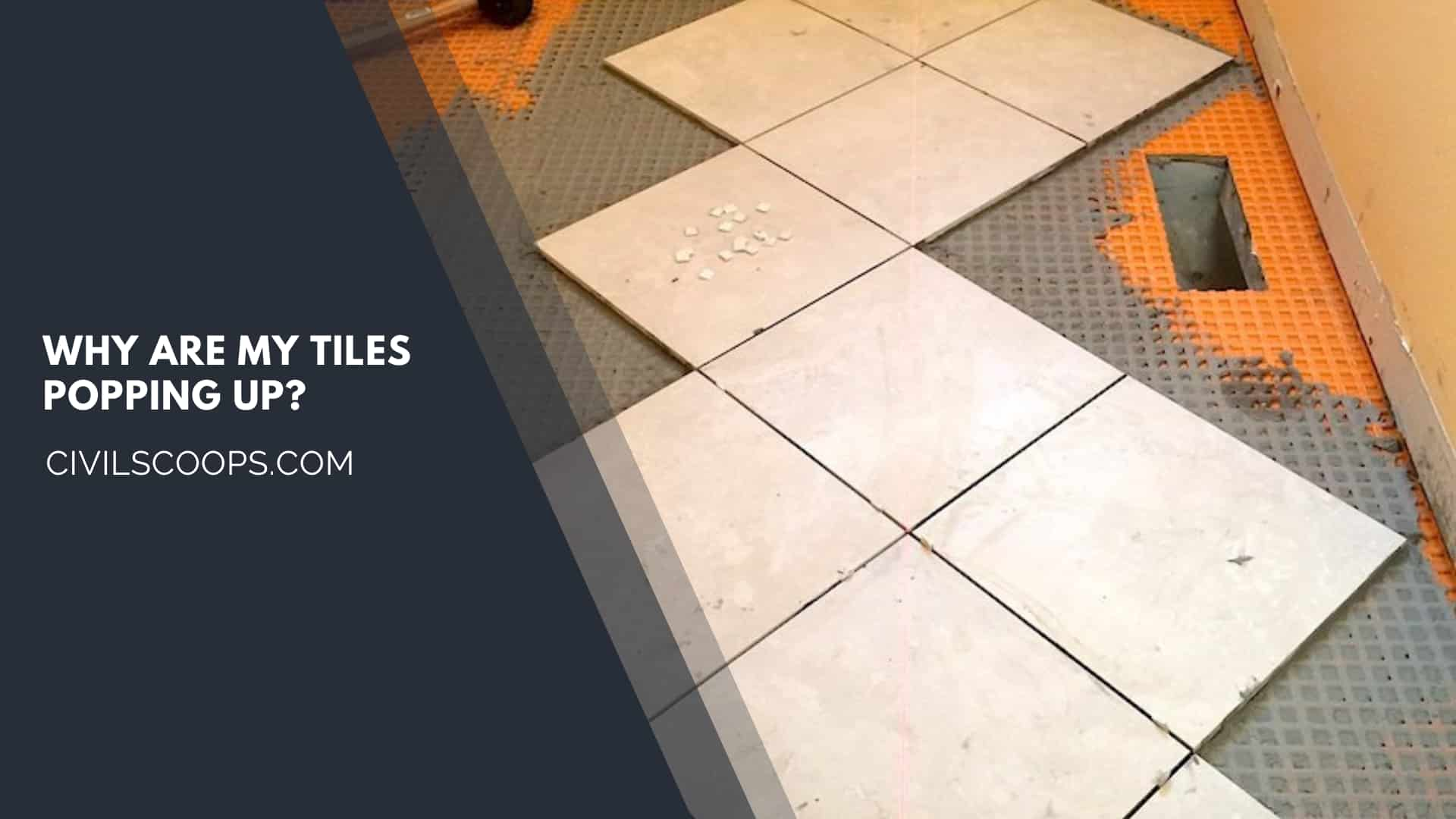
There are a variety of potential causes for your tiles to become loose. On the other hand, each of these factors can be placed into one of numerous categories. It’s possible that the problem lies in the following:
- The actual tile being used (size or quality).
- The preparatory work for the tiling of the floor (cleaning, drying).
- Adhesives and other materials for bonding.
Work on the Tiling
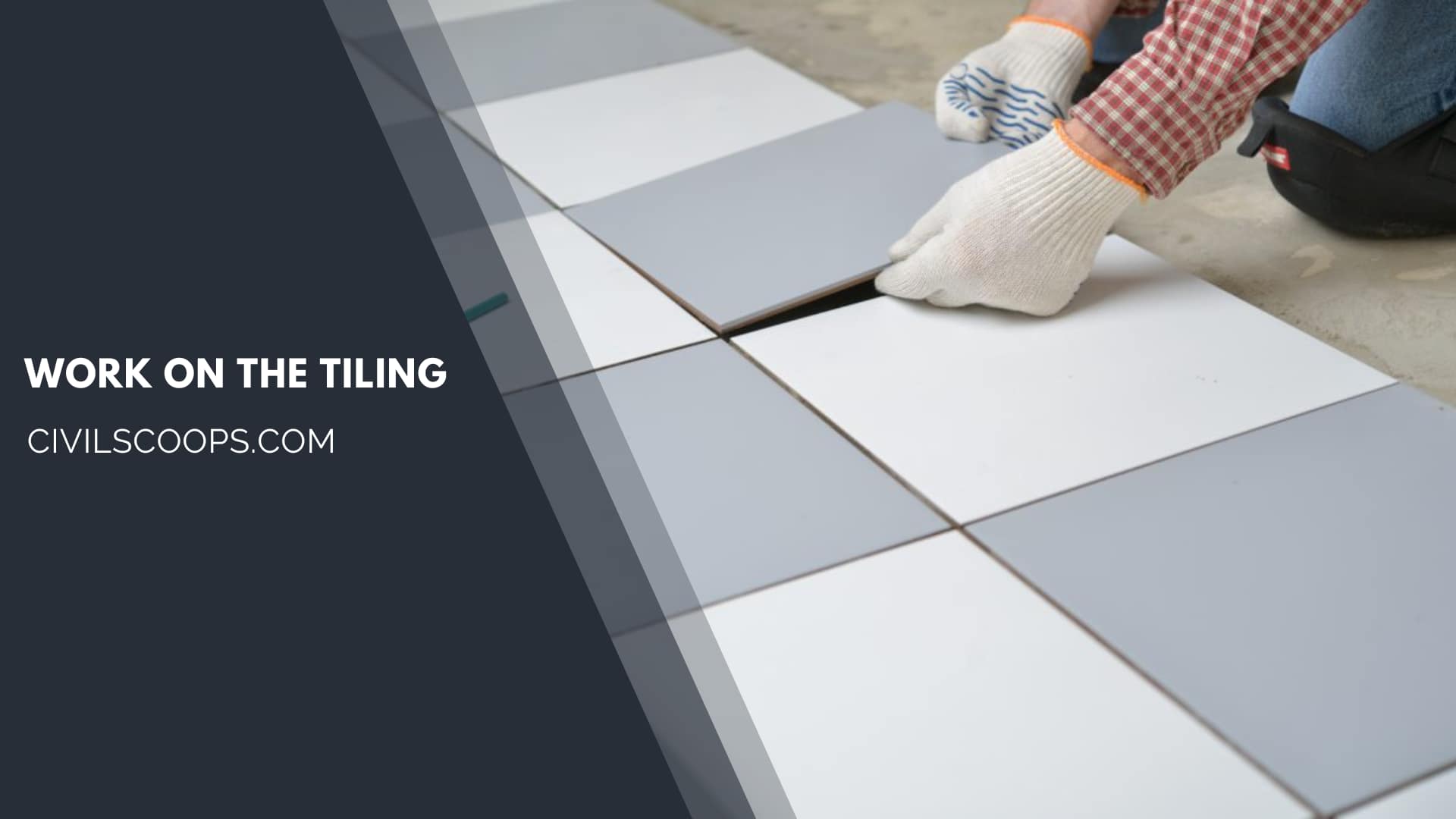
When the tiling is finished, you may see some of these reasons straight away, while others may not become obvious until after you have used your tiles for many years, when they have been entirely flat.
To prevent problems of this nature from occurring, the tiling must be completed by a trained specialist. Even better, some tilers stand behind their work with a warranty. It is not necessary for you to be concerned about the expense of tiling.
Problems That Arise as a Result of Inadequate Tiling Work
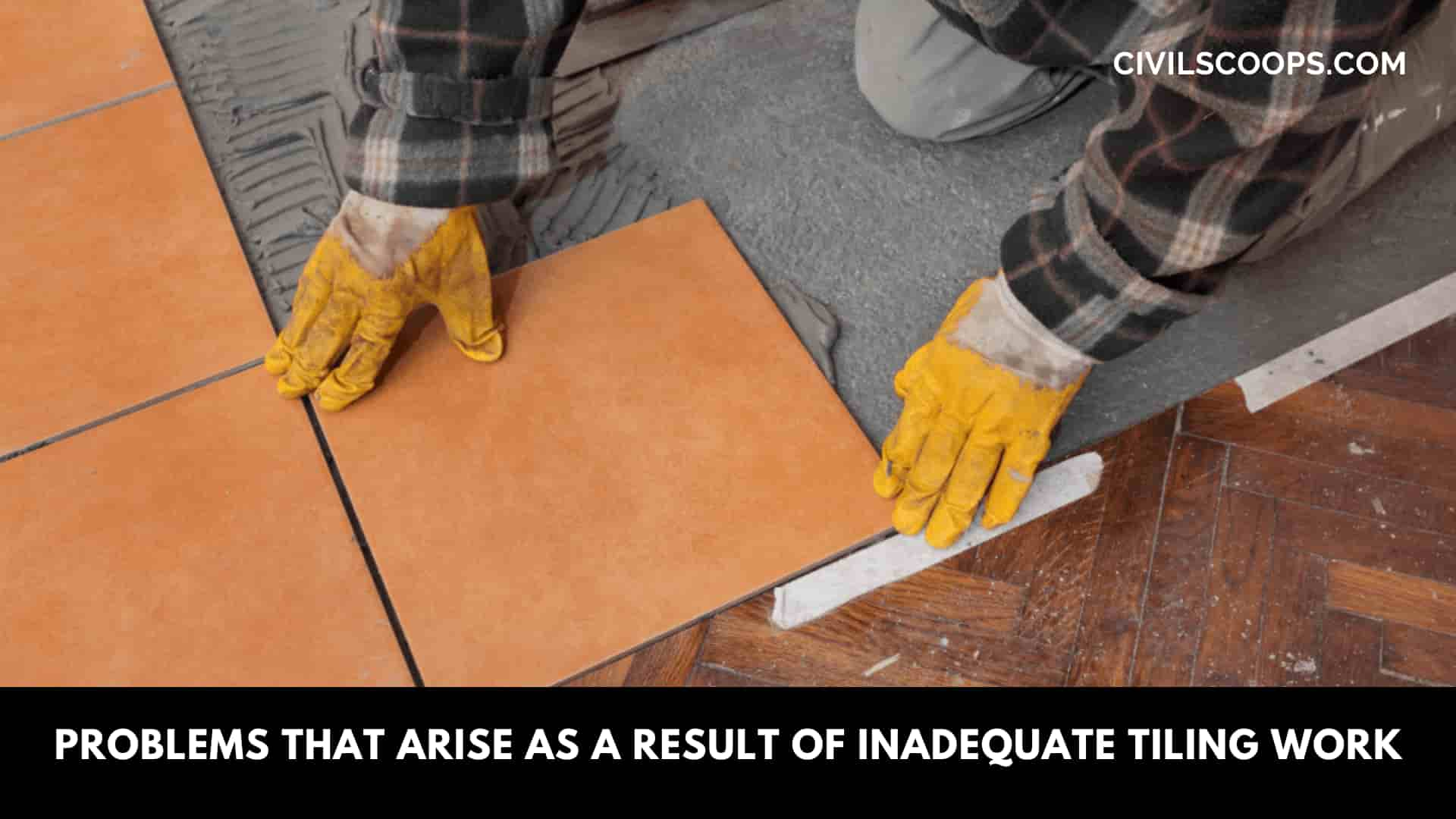
The following list of problems will convince you not to conduct the tiling yourself or to collaborate with untrained or unknown tilers. Always hire professionals in the field of tiling since doing so allows you to prevent the following issues that might cause tiles to buckle.
- Work on tiles that were completed without the use of adhesives. Some tiles, like the vinyl flooring tiles, that can sometimes be installed without the use of adhesives. This is possible with certain types of tiles. Because tile tenting is the inevitable result of this method, it should be avoided at all costs.
- Movement joints that were improperly installed. The joints that control mobility are of utmost significance. They should be utilized in the appropriate manner. Even while it may appear as though the tiles are a solid item that does not move, the tiles do breathe a tiny bit.
- They respond the same way as everything else does to variations in temperature, expanding and contracting as necessary. Because of this, if the movement joints are not strong enough, the tile will eventually pop as a result of the movements.
- The curing of the concrete had not been finished. The curing of the concrete takes a significant amount of time and involves several procedures that cannot be hurried up. If you are not patient enough to wait for the concrete to finish curing before placing tiles on top of it, the tiles will be compressed because of the weight of the tiles on top of the concrete. It should come as no surprise that the tiles that were crushed will buckle as a result of this process.
- The quality of the adhesives and bonding substance is quite bad. This problem becomes much more apparent if the tiles are placed in an area that is directly illuminated by the sun, as this causes the adhesives to dehydrate at a faster rate. Adhesives of poor quality are not able to hold the tile securely in place because they lack the necessary strength.
- When this occurs, and given that we are aware that the tiles will expand and shrink over time, sooner or later, the tile will pop due to the inability of the bonding material to prevent it from happening. Because of this, it is essential to make sure that you always use high-quality bonding material that comes from reputable suppliers.
- Although it is possible for a competent tiler to make errors, the likelihood of this happening is far lower. Because they tile daily, they have the experience necessary to make educated decisions on the quality of adhesives, subflooring, and many other aspects of the installation process.
- The price you pay reflects the tiler’s level of expertise and experience. On the other hand, this does not imply that you should pay more than necessary for these items. You should receive bids from several qualified tilers in your neighborhood and then adjust your spending strategy accordingly.
[su_box title=”FAQ” style=”default” box_color=”#333333″ title_color=”#FFFFFF” radius=”3″ class=”” id=””]
What Causes My Tiles to Pop Up?
The pressure built up by a shifting substrate can result in tiles pushing against each other, building pressure to a point that the glue adhering the tile to the substrate gives way, and the tiles ‘pop’ up, often in a tenting formation, like the image above.
Why Does My Tile Floor Make a Popping Sound?
The use of cement in tiling works
Falling, cracking and popping of tiles is a very common defect in tile works. It occurs when a tile lifts from its originally installed position and starts pushing other tiles against one another, to create a ‘tent-like’ bump on the floor.
Tile Popping Sound in Cold Weather
The cooler weather may also cause more dramatic expansions and contractions than usual, and if the gap between tiles is not sufficient, this could lead to tiles popping, he added.
Why Is My Tile Floor Popping Up?
If the area of the floor is directly exposed to sunlight and if poor quality adhesives are used, then there are chances of tile tenting or popping up of tiles. The direct sunlight will lead to expansion of the tiles. Hence, if adhesives are not strong, the tile might pop up and buckle.
My Tile Floor Is Popping Up
Using Poor Quality Tile Adhesive
If the area of the floor is directly exposed to sunlight and if poor quality adhesives are used, then there are chances of tile tenting or popping up of tiles. The direct sunlight will lead to expansion of the tiles. Hence, if adhesives are not strong, the tile might pop up and buckle.
How to Fix Popped Up Tiles?
How to Reset Popped Tiles
- Remove any excess mortar from the substrate where the tile had been installed. Use a hammer and chisel to break up and remove any dried mortar.
- Scoop up a small amount of thin set mortar onto the end of a margin trowel.
- Press the tile back into place firmly.
- Grout the tile into place.
How to Prevent Tiles from Popping Up?
For current homeowners, you can check for hollow tiles by tapping on them with a light tool. To prevent them from popping up, you can try to jet in some adhesives. Tile grouts help to keep the tiles in place. If you find that the tile grouts in the joints have come off, you may regrout your tiles as well.
Why Tiles Pop Up?
Tile is a permeable material, hence after some time, it may swell with high moisture absorption. Due to expansion, the pressure may cause the tiles to pop up and therefore the tiles may develop tent, i.e. say buckle.
Why Does My Tile Floor Keep Cracking?
Cracked tiles are usually the result of other underlying issues, mostly likely incorrect installation. However, it could also be due to extreme temperature changes, cracks in the substrate (or surface the tile is laid on), supporting too much weight or something as simple as a heavy item being dropped on them.
[/su_box]
[su_note note_color=”#F2F2F2 ” text_color=”#333333″ radius=”3″ class=”” id=””]
Like this post? Share it with your friends!
Suggested Read –
- What Is Raft Foundation | Types of Foundation | Detail of Raft Footing
- Cantilever Bridge | Cantilever Bridge Advantages and Disadvantages | Cantilever Bridge Facts
- What Is Beam Bridge | Types of Beam Bridges | Beam Bridge Works | Advantages & Disadvantages of Beam Bridges
- 20 Types of Construction Materials | What Is Building Materials List | Construction Materials List | Different Materials Used in Building Construction
- What Are Plastic Roads | How to Make Plastic Roads | Who Invented Plastic Roads | First Man Made Plastic Road | Advantages & Disadvantages of Plastic Roads
[/su_note]
Originally posted 2023-04-28 13:36:46.

